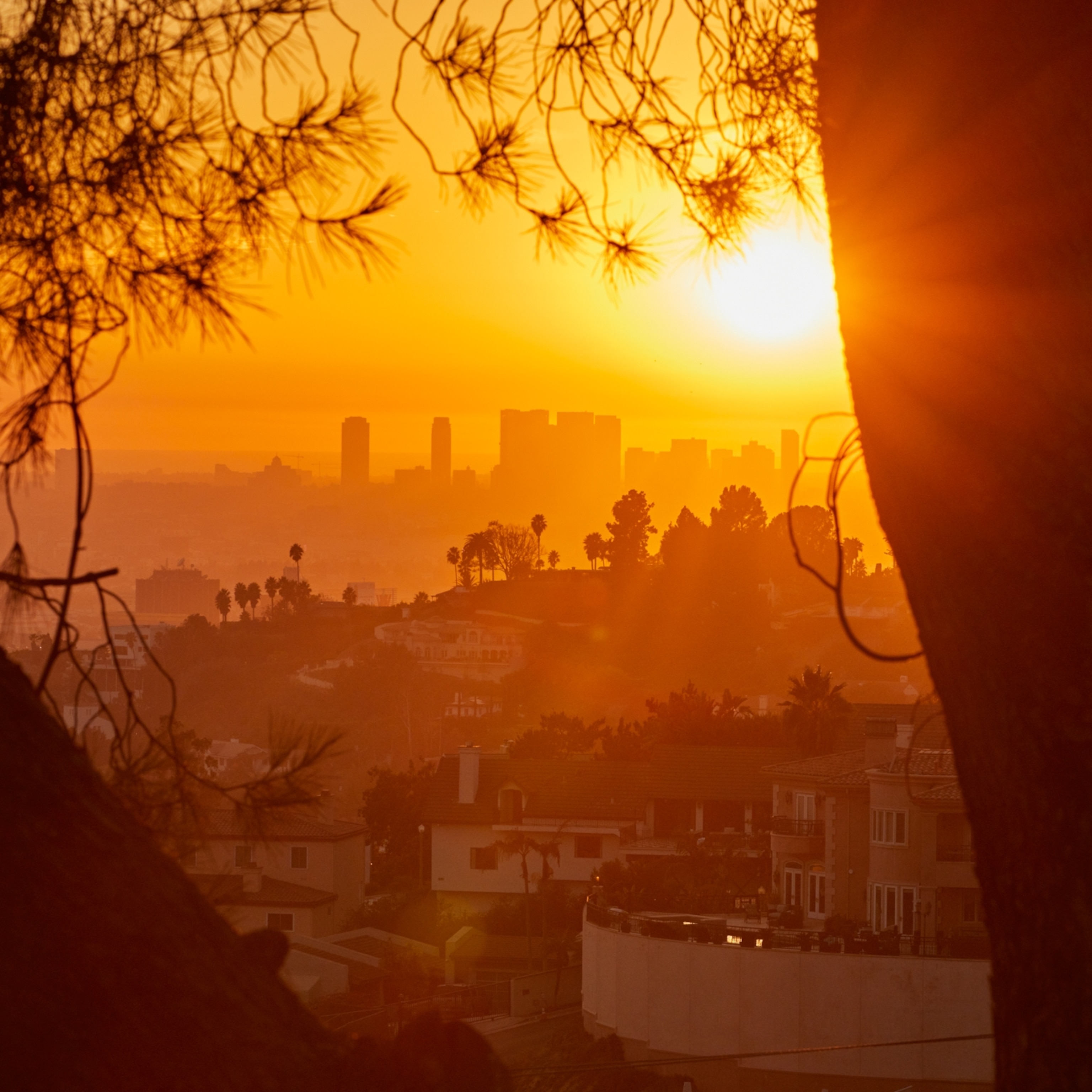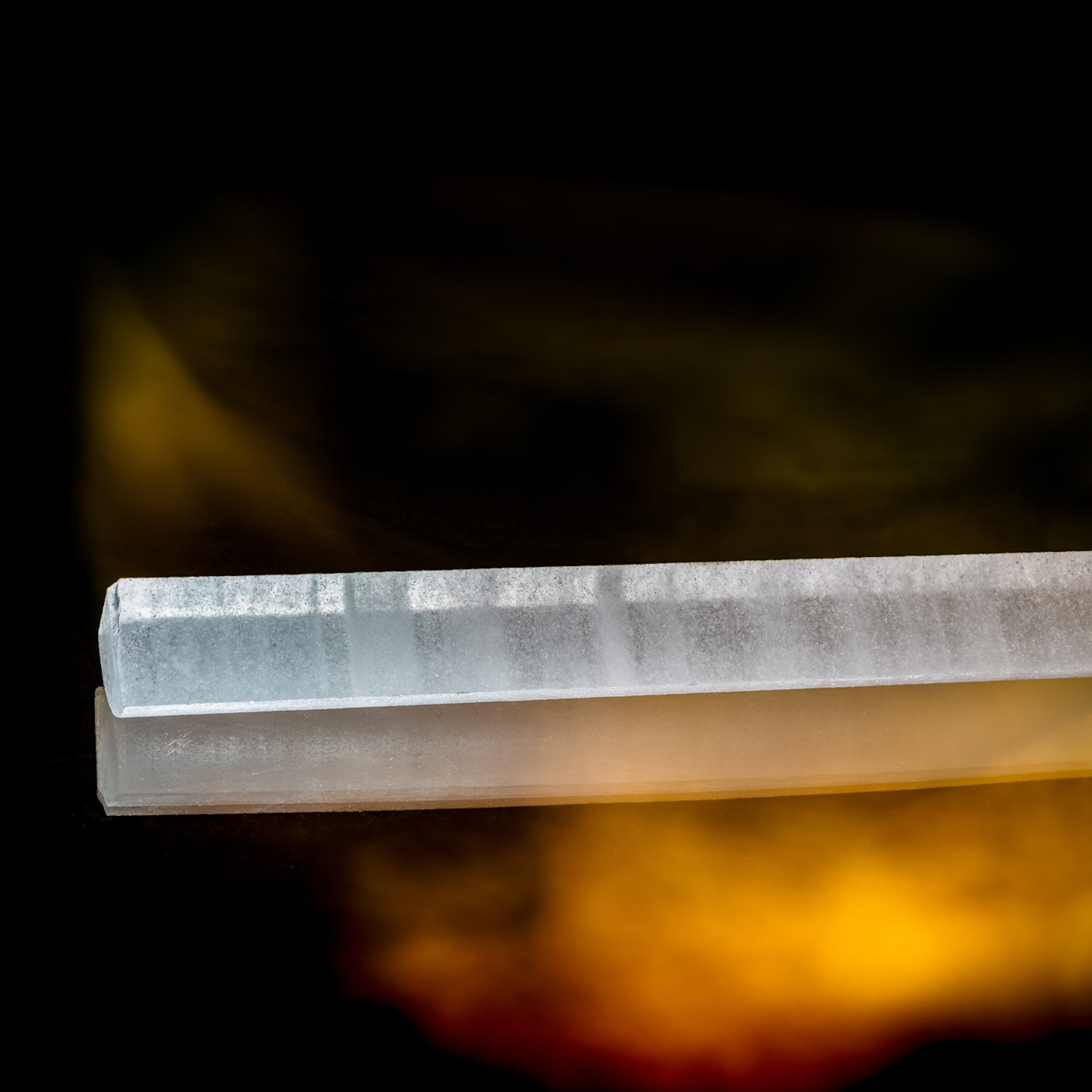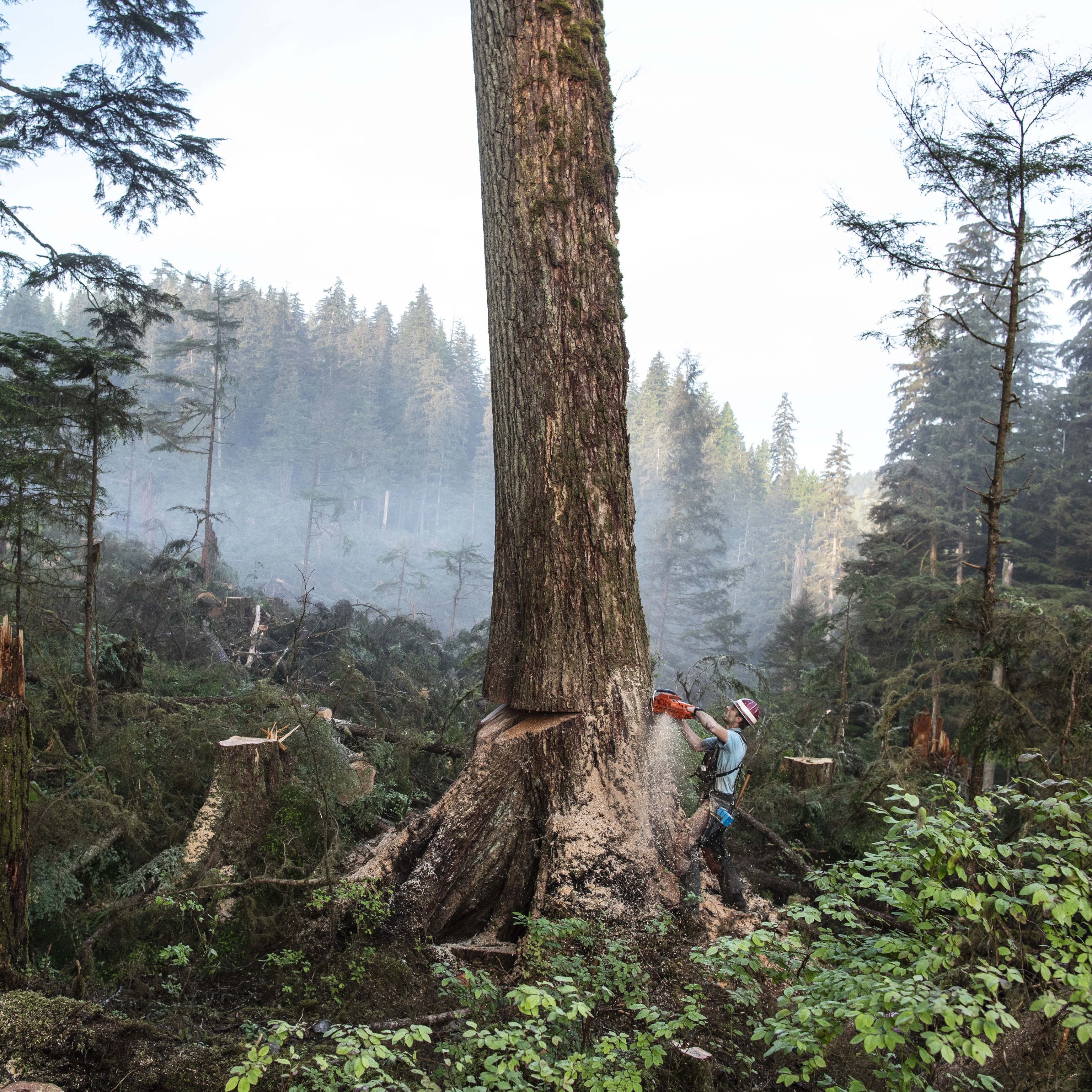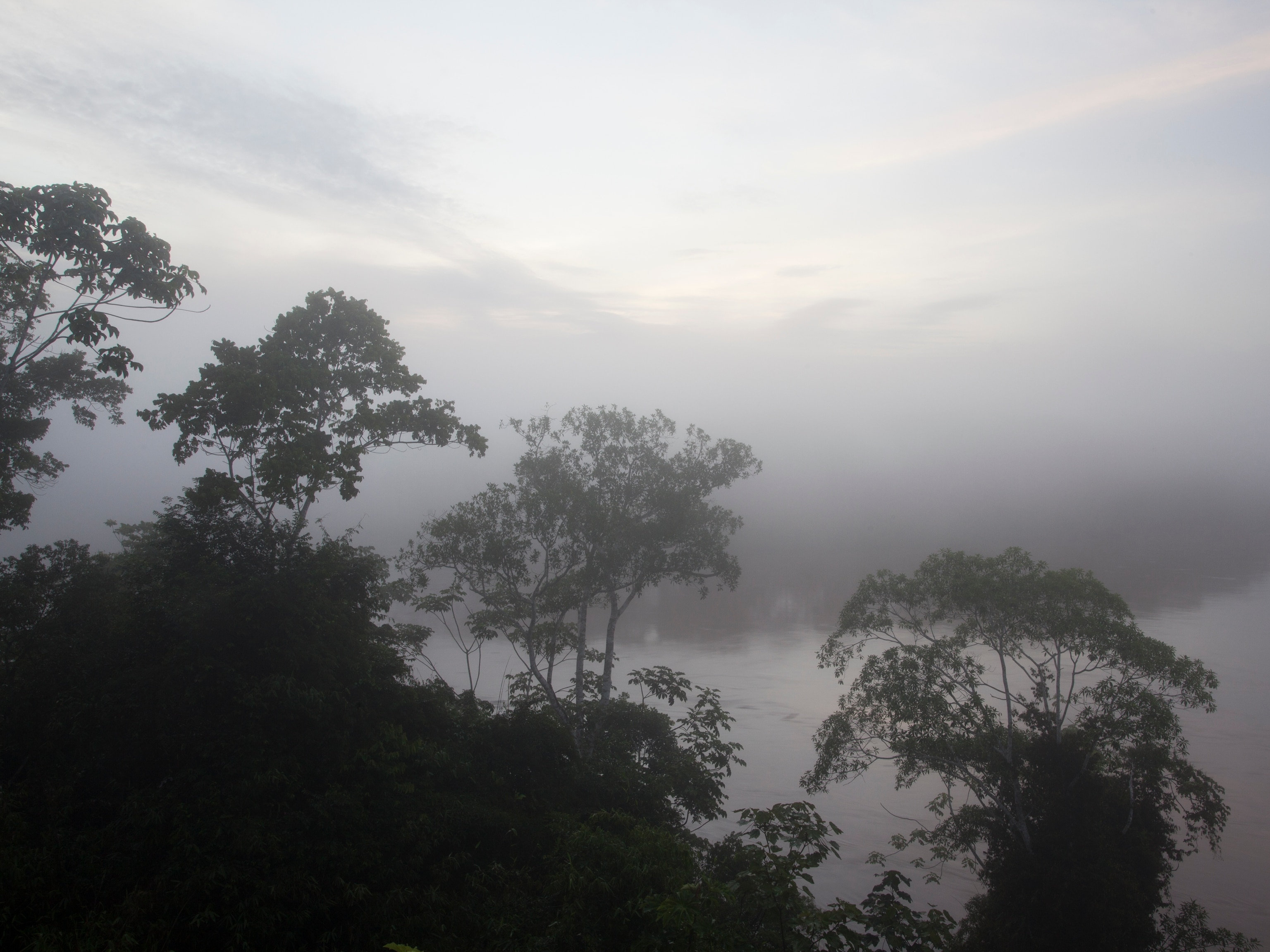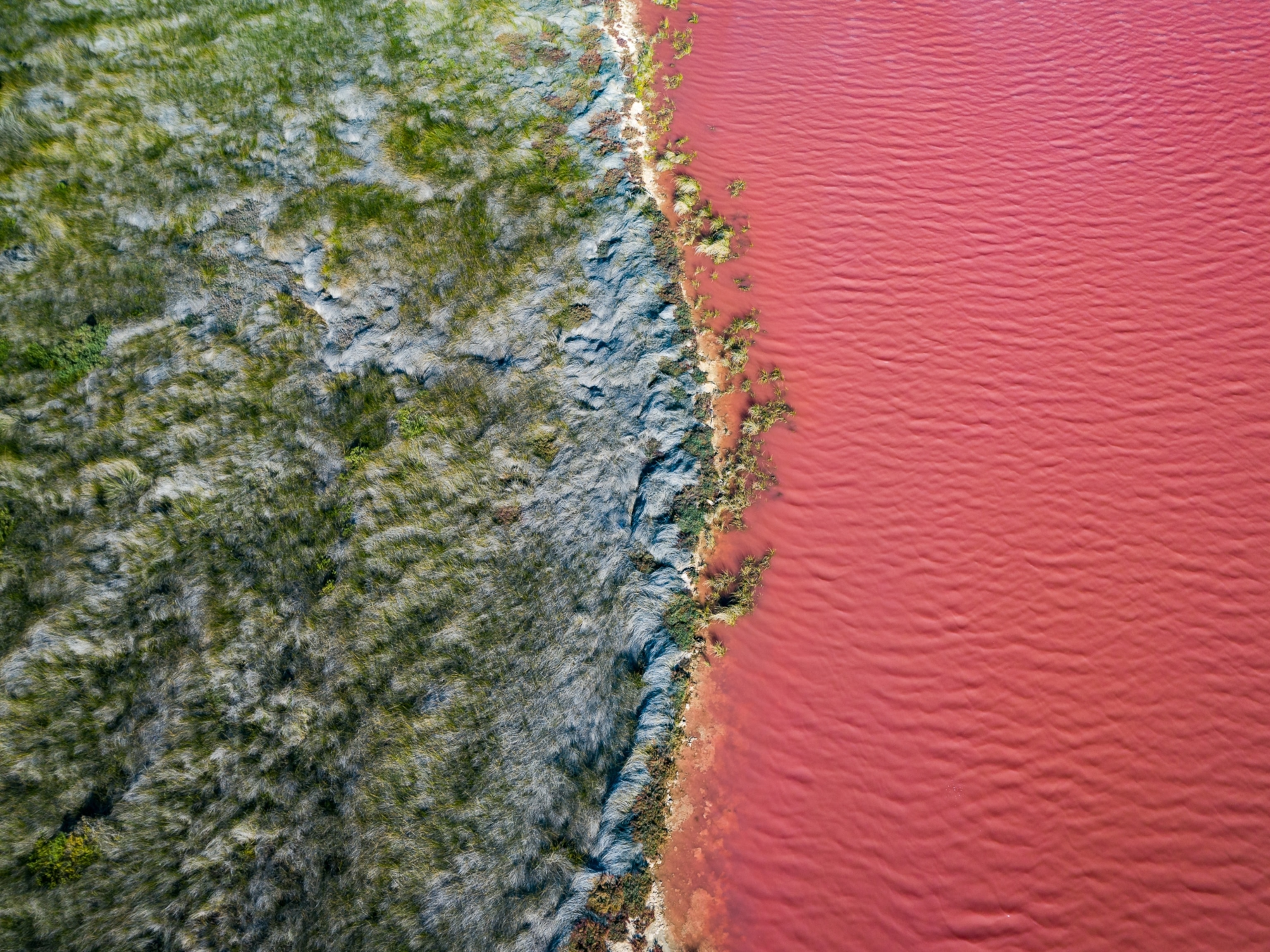Whatever Happened to the Ozone Hole?
Twenty-five years later, the lingering "hole" over Antarctica is close to closing—and that may not be entirely a good thing.
What would the 1980s have been without big hair and ice-cold wine coolers?
Luckily no one had to find out: Key substitutions in hairsprays and refrigerants allowed such products to exist without chlorofluorocarbons (CFCs), which were found to be ripping a huge "hole" in Earth's protective ozone layer.
Today the ozone hole, which was first spotted 25 years ago, appears headed for a happy ending, thanks to unprecedented international action.
Could a similar effort rein in climate change? And is the closing ozone hole actually making global warming worse?
Ozone at High Risk From CFCs
The ozone layer lies between about 9.3 and 18.6 miles (15 and 30 kilometers) above Earth's surface. This blanket of ozone, or O3, blocks most of the sun's high-frequency ultraviolet rays.
(One overlooked way to fight climate change? Dispose of old CFCs.)
These UV rays can cause skin cancer and cataracts in humans, as well as reproductive problems in fish, crabs, frogs, and even in the single-celled phytoplankton at the bottom of the ocean food chain.
Ozone is created naturally when oxygen molecules (O2) high in the atmosphere get broken by sunlight into two free oxygen atoms. A free atom can then bond with an unbroken O2 molecule, and ozone is born.
Ozone is unstable, however, and it's easily broken up by trace elements.
Invented in the 1920s, CFCs proved to be an exceptional problem for ozone, because many of these synthetic chemicals can persist for decades, allowing them to make their way into the upper atmosphere. (Related: "Rocket Launches Damage Ozone Layer, Study Says.")
In that rarefied air, ultraviolet light breaks the molecular bonds in CFCs and free chlorine atoms get released. Chlorine then destroys ozone molecules by "stealing" their oxygen atoms.
Ozone Hole a Shocking Surprise
Scientists had theorized since the 1970s about the chemistry that could lead to ozone depletion. But in May 1985 scientists with the British Antarctic Survey shocked the world when they announced the discovery of a huge hole in the ozone layer over Antarctica.
Technically a substantial thinning of the ozone layer, the ozone "hole" has been opening every spring since the 1970s, the scientists reported.
Their data, collected at the Halley Research Station in Antarctica, suggested that CFCs were to blame. That's because atmospheric conditions during the cold, dark, Antarctic winters were building stockpiles of CFCs over the South Pole.
Returning spring sunshine would then spawn an abundance of free chlorine, depleting ozone levels above Antarctica by as much as 65 percent. (Related: "Laughing Gas Biggest Threat to Ozone Layer, Study Says.")
"One lesson is that the planet can change very rapidly in an unexpected way," said Jonathan Shanklin, one of the British scientists who made the ozone hole discovery and co-author of a paper on the ozone hole anniversary appearing in this week's issue of the journal Nature.
"Nobody was expecting to see anything like this in the Antarctic."
Fixing the Ozone Hole a Unanimous Decision
The disturbing discovery set the stage for an environmental triumph: the Montreal Protocol of 1987.
This pact to phase out the use of CFCs and restore the ozone layer was eventually signed by every country in the United Nations—the first UN treaty to achieve universal ratification.
The unparalleled cooperation has had a major impact.
"If we had just kept letting CFCs increase at a pretty nominal rate, characteristic of the 1970s, the decreased ozone levels of the hole would have eventually covered the entire planet," said atmospheric physicist Paul Newman of NASA's Goddard Space Flight Center.
"Global ozone dropped a little bit [after CFCs were banned], but the good news is that if we had done nothing, it would have gotten really, really bad."
Now a complete rebound seems imminent. Some scientists project that by 2080 global ozone will return to 1950s levels.
(Related: "Old Fridges, Cars Slow Ozone Hole Recovery, Scientists Say.")
Now How About Global Warming?
As climate scientists around the globe urge action to curb greenhouse gas emissions, might the ozone hole experience provide some useful parallels? Perhaps, experts say—but the situations do have some significant differences.
In the 1980s people were faced with the clear and present health dangers from ozone depletion, leading to widespread public support for CFC bans.
"There was a scary side of the ozone hole, linked to skin cancers and cataracts and so on, which immediately engaged the public," the British Antarctic Survey's Shanklin said. "The real impact of what a rapidly warming world could do is not so obviously intuitive."
Chemical manufacturers were also able to create substitutes for CFCs with little added costs, enabling governments to address the problem without great impacts on the economy or average lifestyle.
Global warming, on the other hand, has become a politically loaded and often divisive topic.
And many potential fixes to the problem—such as alternative energies and reduced consumption—could cause major disruptions to economic and geopolitical norms in a way that replacing CFCs simply did not, Shanklin said.
Ozone Recovery to Warm Antarctica?
Meanwhile, some scientists say the environmental triumph of a recovering ozone layer could have a troubling side effect: boosting global warming, at least in the Antarctic region.
Ozone itself is a greenhouse gas. A thinner ozone layer not only reduced heat trapped over the region, it helped stir circumpolar winds, which in turn created sea spray that formed reflective, cooling clouds.
"It's very difficult to quantify the impact on a global scale, but I think the evidence suggests filling the hole will have a regional effect on the Antarctic, possibly leading to more warming for the bulk of the Antarctic," Shanklin said. "That could drastically change predictions about global sea level change."
Ken Carslaw of the U.K.'s University of Leeds was a co-author on the study that suggested closing the ozone hole would lead to a bump in Antarctic warming. Still, he thinks that any warming mitigation produced by the ozone hole was merely a side effect and not a net gain.
"I wouldn't say that these discoveries [of possible warming] suggest the formation of the ozone hole was a good thing," he said.
NASA's Newman agreed: "The consequences of unabated CFC growth were disastrous for life," he said.
"So at some point you had to act, and fortunately they acted before it became a really severe problem. We never got to the level of an environmental catastrophe.
"It really is a testament to the good science that went into [understanding] the ozone hole and the nerve of the politicians to act on that science."

